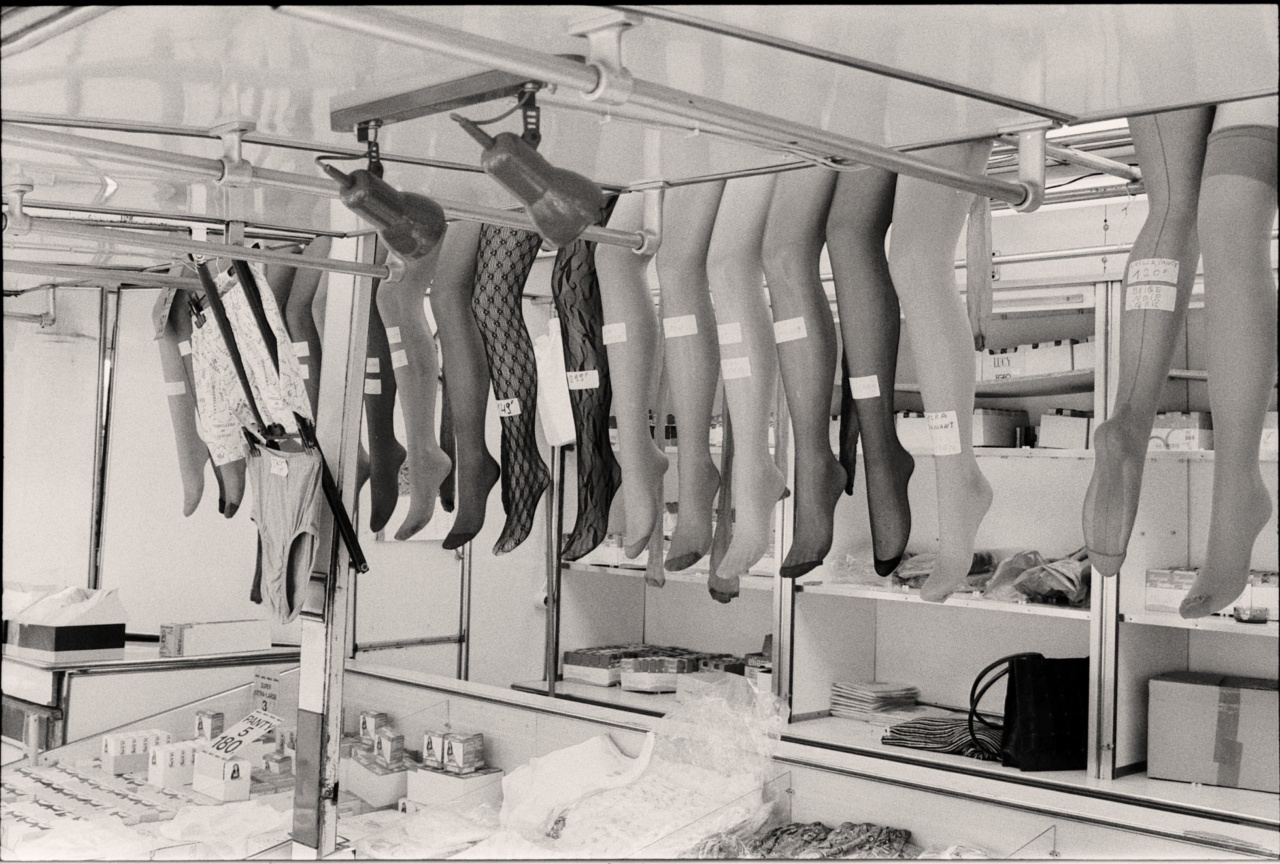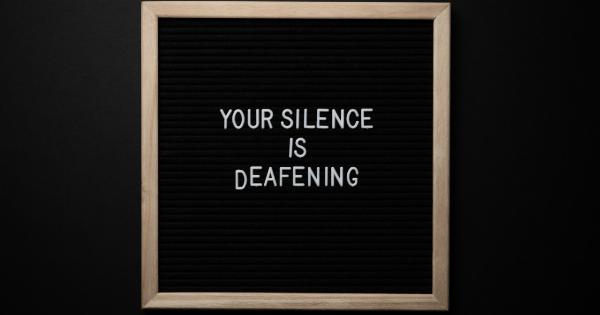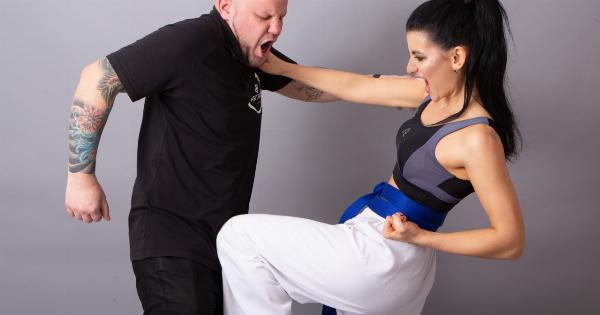Many people who engage in physical activities or workouts often find themselves sweating profusely. This is a natural response of the body to regulate temperature and cool down. One common scenario where sweating occurs is when wearing tights.
Whether you are exercising, dancing, or simply wearing them as part of your everyday attire, tights can make you sweat. Let’s delve into the reasons why you sweat in tights and how to manage it effectively.
The Science Behind Sweating
Sweating is the body’s natural cooling mechanism. When the internal body temperature rises, the sweat glands produce sweat, which cools the surface of the skin as it evaporates. This process helps regulate body temperature and prevent overheating.
Tight Clothing and Increased Sweat
When it comes to tights, the close-fitting nature of the fabric can contribute to increased sweating. Tight clothing tends to trap heat against the body, making it harder for sweat to evaporate.
This can result in a buildup of moisture and excessive sweating.
Synthetic Fabrics and Sweat Retention
Another factor that influences sweating in tights is the type of fabric used. Many tights on the market are made from synthetic materials such as polyester or spandex.
While these fabrics offer stretch and support, they are not as breathable as natural fibers like cotton or bamboo. Synthetic fabrics can trap moisture against the skin, leading to more sweating.
Physical Activity and Sweat
Engaging in physical activity while wearing tights can intensify sweating. Whether you’re running, cycling, or participating in a yoga class, exercise raises your heart rate and body temperature.
This increased exertion naturally leads to more sweating.
Tips to Minimize Sweating in Tights
If you find excessive sweating uncomfortable or embarrassing while wearing tights, here are some tips to help manage it:.
1. Choose Breathable Fabrics
Opt for tights made from breathable fabrics like cotton or bamboo. These natural fibers allow air circulation and help wick moisture away from the skin, reducing sweat buildup.
2. Wear Moisture-Wicking Tights
Look for tights specifically designed for athletic purposes or labeled as “moisture-wicking.” These tights are engineered to draw sweat away from the body, keeping you cooler and drier during physical activity.
3. Use Antiperspirant
Apply antiperspirant to your legs before putting on tights. Antiperspirants work by temporarily blocking sweat ducts, reducing perspiration in the treated area.
4. Stay Hydrated
Drinking enough water can help regulate body temperature. When your body is well-hydrated, it can cool down more efficiently and reduce the need for excessive sweating.
5. Take Regular Breaks
If you’re engaging in intense physical activity, take regular breaks to allow your body to cool down. Removing the tights temporarily and exposing your skin to air can reduce sweat buildup.
6. Choose the Right Fit
Ensure that your tights fit properly. Too tight clothing can restrict airflow and exacerbate sweating. Opt for tights with a comfortable, snug fit that allows for movement and breathability.
7. Use Sweat-Absorbing Products
There are various sweat-absorbing products available on the market, such as powders or fabric sprays. These products can help absorb excess sweat and keep your skin feeling drier while wearing tights.
8. Practice Good Hygiene
Wear clean tights each time to prevent bacterial growth and odor. Regularly washing your tights will also help remove any trapped sweat or bacteria that can contribute to discomfort.
9. Consider Layering
If you are concerned about sweating, you can consider layering your tights with loose-fitting garments or breathable shorts. This extra layer can help absorb sweat and prevent it from accumulating on your skin.
10. Embrace Sweat
Finally, it’s important to remember that sweating is a natural and necessary bodily function.
Instead of feeling self-conscious or bothered by it, embrace sweat as a sign that your body is working efficiently to regulate temperature and keep you healthy.






























